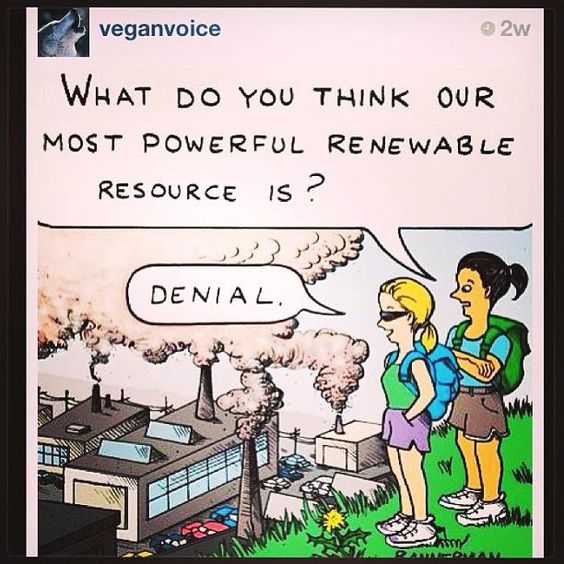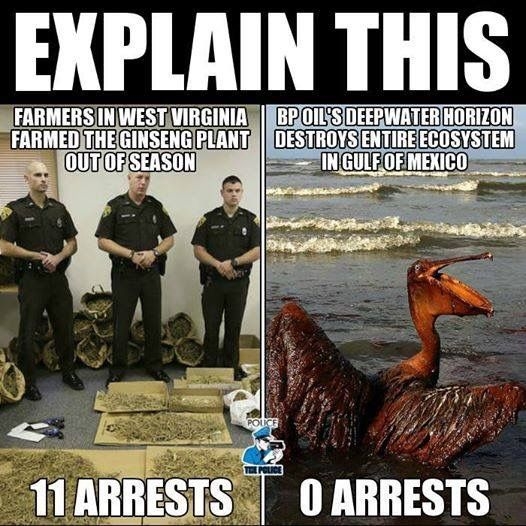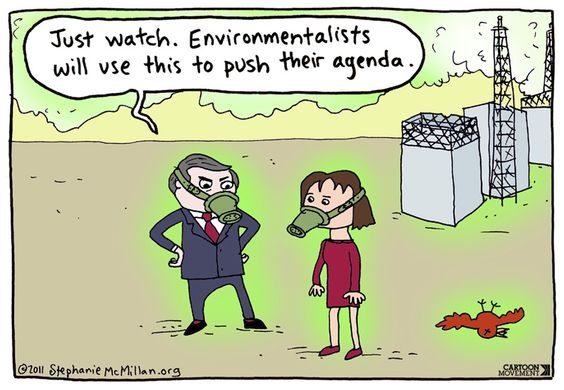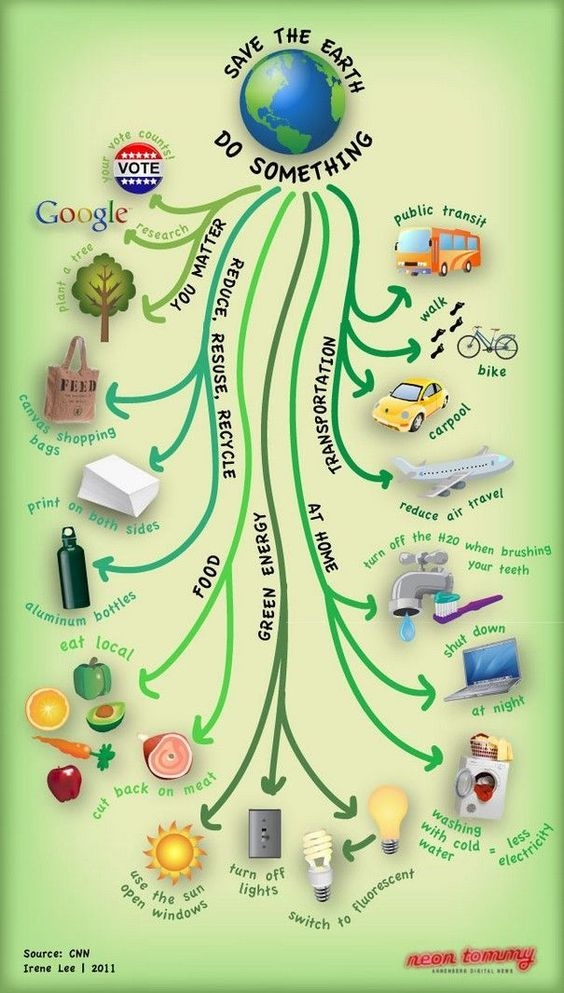Environment Digest February 2019
https:/www.cplo.org.za Lovedonia Mkansi Project Co-ordinator
South Africa is a largely dry country, with considerable climate and topographical variation. Under normal circumstances, the south western part of the country receives its main rainfall in winter; the southern coast receives rainfall throughout the year; and majority of the rainfall is received in summer in the eastern and northern parts of the country. Recently there has been a decline and shift in rainfall patterns,which contributed to the worst drought South Africa has experienced in many years,leaving the Western Cape, parts of the Eastern Cape, Northern Cape and Free State in critically dry conditions; while KwaZulu-Natal, Mpumalanga and Limpopo experienced moderate to severe drought.
The period 2015 –2017 marked a very challenging time for South Africa’s water resources,with immediate effects being observed in the agricultural sector. The drought affected food producers and livestock farmers,contributing to a loss of over 40000jobsin the agriculture sector.1Itis estimated that,even though the sector contributes only 2% to South Africa’s gross domestic product (GDP),2it employs about748000people both directly and in related services. The conditions were even more extreme for subsistence farmers,who are responsible for feeding most households in South Africa’s rural poor communities. The rainfall shortage and decreases in dam levels in most parts of the country added to the challenges in municipal water-provision services for domestic, industrial and agricultural use, and heightened competition amongst these sectors of the economy for what water was available.
2018 came with hope for the country, with parts of the winter rainfall region receiving considerable amounts of precipitation from late winter into spring. This was enough to ensure that wine production in the Western Cape was not harshly affected; and that the City of Cape Town managed to escape the highly anticipated‘day zero’. Unfortunately, the situation remains very critical for other parts of the country such as the Northern Cape, and parts of the Western and Eastern Cape, where very low rainfall was recorded during this period. Responding to this dilemma,the Government made available funds for drought relief,and introduced water management programmes across the country. The Northern Cape,which was the most harshly hit amongst the three, continues to battle with the drought,and has had to seek relief even from the private sector, sourcing water tanks and bottled water,which continue to be a desperate need for citizens in the struggling municipalities.
It continues to rain in the summer rainfall region of the country, but at a much lower rate than was forecast. This significant shift in rainfall patterns could possibly result invery low yields,and even failure for crops such as white maize,whichis a staple food for most South Africans.Under normal circumstances, white maize producing areas plant their crops in mid-November to December; due to lack of rain most of these areas only started planting at the beginning of January. This might have an impact on harvest levels, depending on the anticipated amount of rainfall between February and April.
As it stands,the SouthAfrican Weather Services(SAWS), predict high temperatures to continue from late summer into late autumn of 2019
https://www.news24.com/SouthAfrica/News/drought-crisis-3-provinces-declared-national-disasters-20180213
https://www.fin24.com/Companies/Agribusiness/sa-may-miss-maize-harvest-forecast-due-to-drought-20190114
https://www.sanews.gov.za/south-africa/funds-made-available-immediate-drought-disaster-relief
No end in sight for drought in SA
file:///C:/Users/User/Downloads/map_showing_affected_areas.pdf
https://www.news24.com/SouthAfrica/News/there-are-so-many-clouds-but-no-rain-residents-rationed-to-10-litres-a-day-in-beaufort-west-20190131
https://www.news24.com/SouthAfrica/News/green-drought-grips-kzn-20190115
http://www.ftwonline.co.za/article/187446/El-Ni-o-s-drought-effect-expected-early-in-2019/69
https://www.thedrinksbusiness.com/2019/01/vinpro-south-africa-will-take-time-to-recover-from-drought/
https://www.news24.com/SouthAfrica/News/empty-water-tanks-leave-makhanda-schools-in-a-crisis-20190211
https://www.iol.co.za/business-report/sa-agriculture-saw-44-000-notable-job-losses-95012772
http://www.statssa.gov.za/publications/P0441/P04413rdQuarter2018.pdf
http://www.statssa.gov.za/publications/P1101/P11012017.pd















































